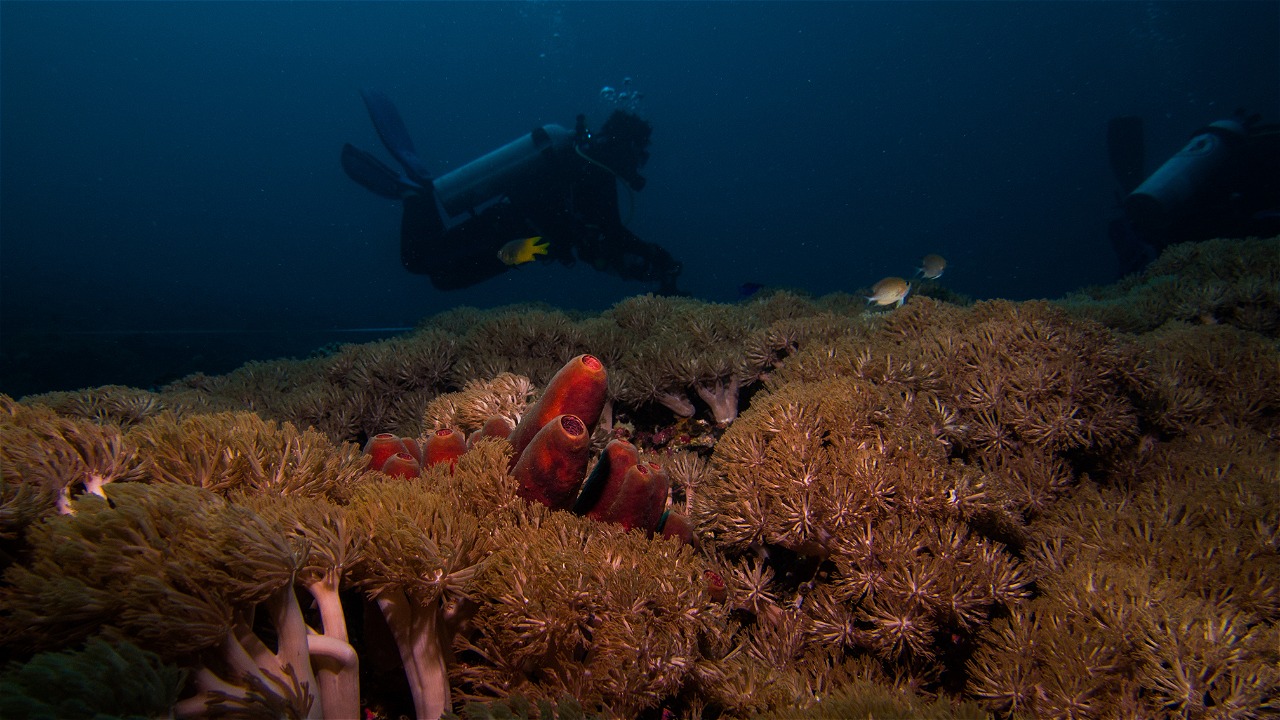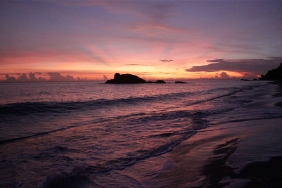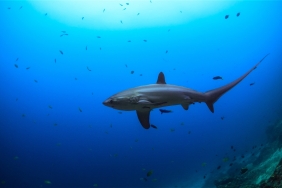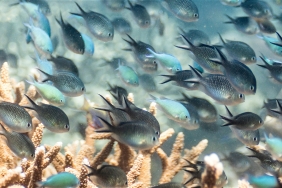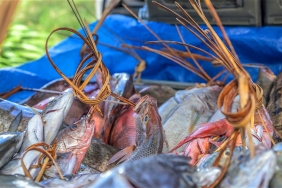XPDCALORFLOTIM RESULTS: THE CONDITION OF CORAL REEF ECOSYSTEMS IN THE EAST FLORES WATERS NATURE RESERVE IS IMPROVING
"By: Amkieltiela (Marine Science and Knowledge Management Officer, WWF-Indonesia)
On March 31 - April 6, 2017, WWF-Indonesia in collaboration with the East Flores Regency Marine and Fisheries Service, Alor Regency Marine and Fisheries Service, Muhammadiyah Kupang University, UNICONSUFISH, and Reef Check Indonesia Foundation conducted coral reef health monitoring activities in the East Flores Aquatic Nature Reserve (SAP Flotim) and surrounding waters.
In June 2013, this 150,000 hectare regional marine conservation area was officially reserved under the name of SAP Flores Timur, through East Flores Regent Decree No. 4/2013.
This activity is one of a series of Expedition Alor Flotim (XPDCALORFLOTIM) which took place from March 20 to April 6, 2017. The data collected is repetition data (T1) after 3 years with a total of 30 observation points (24 points inside SAP Flotim and 6 points outside SAP Flotim). Coral reef ecosystem health is one indicator of the effectiveness of conservation area management that needs to be carried out routinely every 2-3 years.
Improved After 3 Years
The results of the analysis show that the condition of the coral reef ecosystem in 2017 inside SAP Flotim is higher than outside the area.
The SAP Flotim area was able to maintain the condition of the coral reef ecosystem after 3 years, better than outside the area. This is seen from its hard coral cover which tends to be stable and a decrease in coral fragments by 45%.
In addition, fish biomass was also seen to increase by 2 times from 2014. High coral cover can increase reef fish abundance and biomass (Estradivari, 2017).
To improve the effectiveness of conservation area management so that it provides maximum impact for the community, we recommend accelerating the zoning process, increasing the intensity of patrols and law enforcement, and applying the harvest control rule.
Further information, especially regarding the methods and results of the analysis in more detail can be read in this report. Further information on XPDCALORFLOTIM can be found at www.wwf.or.id/xpdcalorflotim.
Read More: XPDCALORFLOTIM Results: Most Coral Fragments Encountered in Pantar Strait SAP Utilization Zone, Alor
.
"

